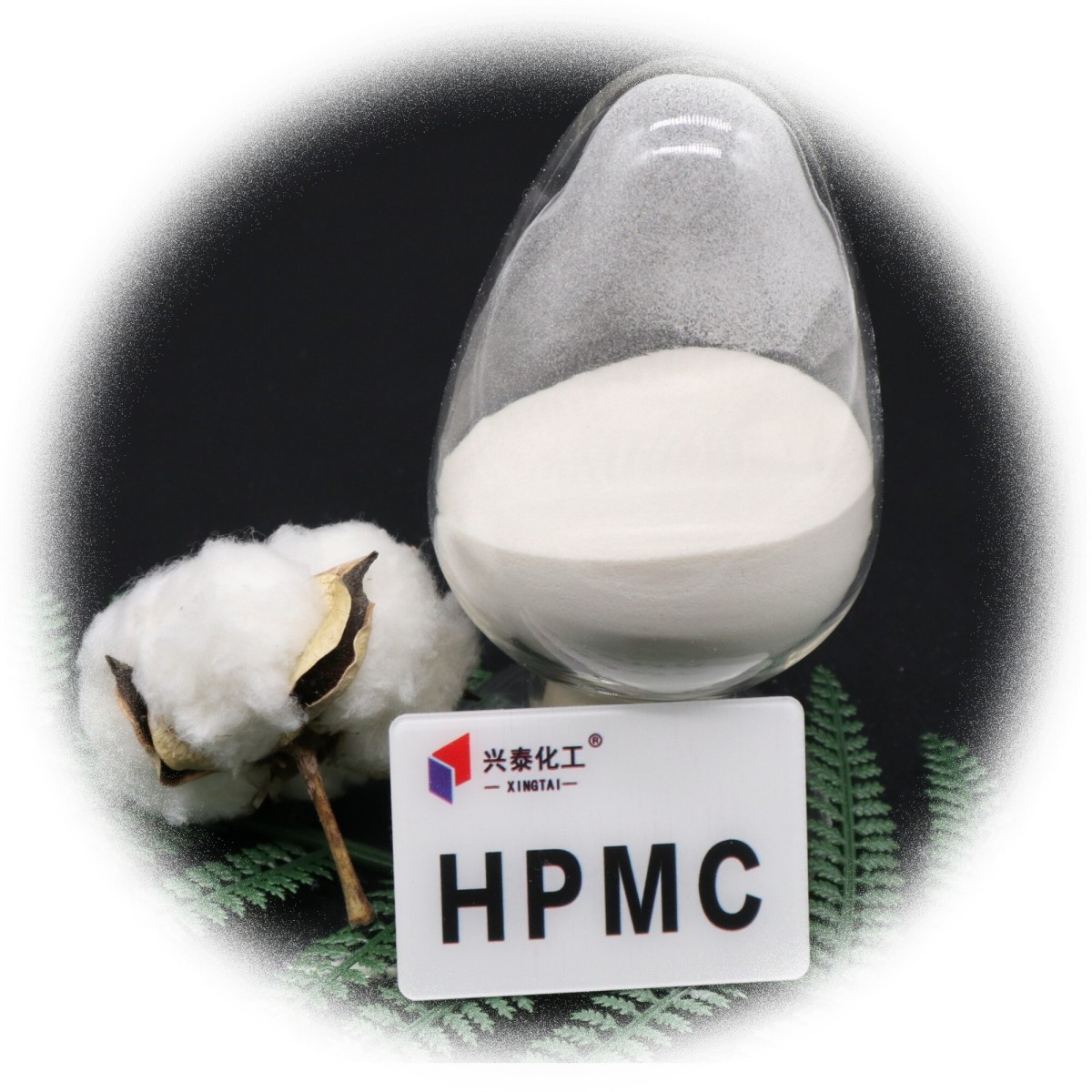CONTACT US
Hydroxypropyl methylcellulose, produced from refined cotton through precise chemical processing, forms a non-ionic cellulose ether. This odorless and non-toxic white powder dissolves in water to create clear or slightly cloudy colloidal solutions. With exceptional thickening, water-retaining, and easy-to-mix properties, it finds extensive applications across various fields.

Hydroxypropyl methylcellulose (HPMC) plays a vital role in cement mortar and putty powder by retaining water and thickening the mixture, significantly enhancing adhesion and anti-sag properties. However, environmental factors like temperature and wind speed affect moisture evaporation rates in these materials, leading to variations in water retention effectiveness when using the same amount of HPMC across seasons. To ensure optimal performance, construction workers should adjust HPMC dosage based on actual conditions. Notably, HPMC's water retention under high temperatures serves as a key quality indicator. High-quality HPMC effectively addresses moisture retention challenges in extreme heat environments. During dry seasons or regions with high temperatures and strong winds, selecting
High-quality hydroxypropyl methylcellulose (HPMC) features uniformly distributed methoxy and hydroxypropyl groups along the cellulose molecular chain. This configuration enables oxygen atoms in hydroxyl groups and ether bonds to form hydroxyl bonds with water more efficiently, converting free water into bound water. This conversion process enhances moisture control during high-temperature conditions, ultimately delivering exceptional water retention performance.
During high-temperature summer construction, sufficient high-quality HPMC must be added according to the formula to ensure optimal water retention. Insufficient dosage may cause rapid moisture drying, disrupting cement hydration and leading to quality issues like reduced strength, cracking, hollow drumming, and spalling, while also complicating construction. As temperatures drop, gradually reducing HPMC usage can still achieve ideal water retention performance.
Get real-time quotes
Interested? Leave your contact details.
